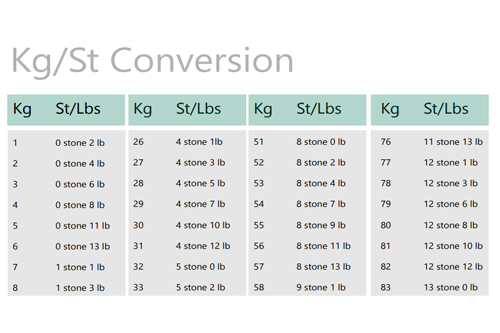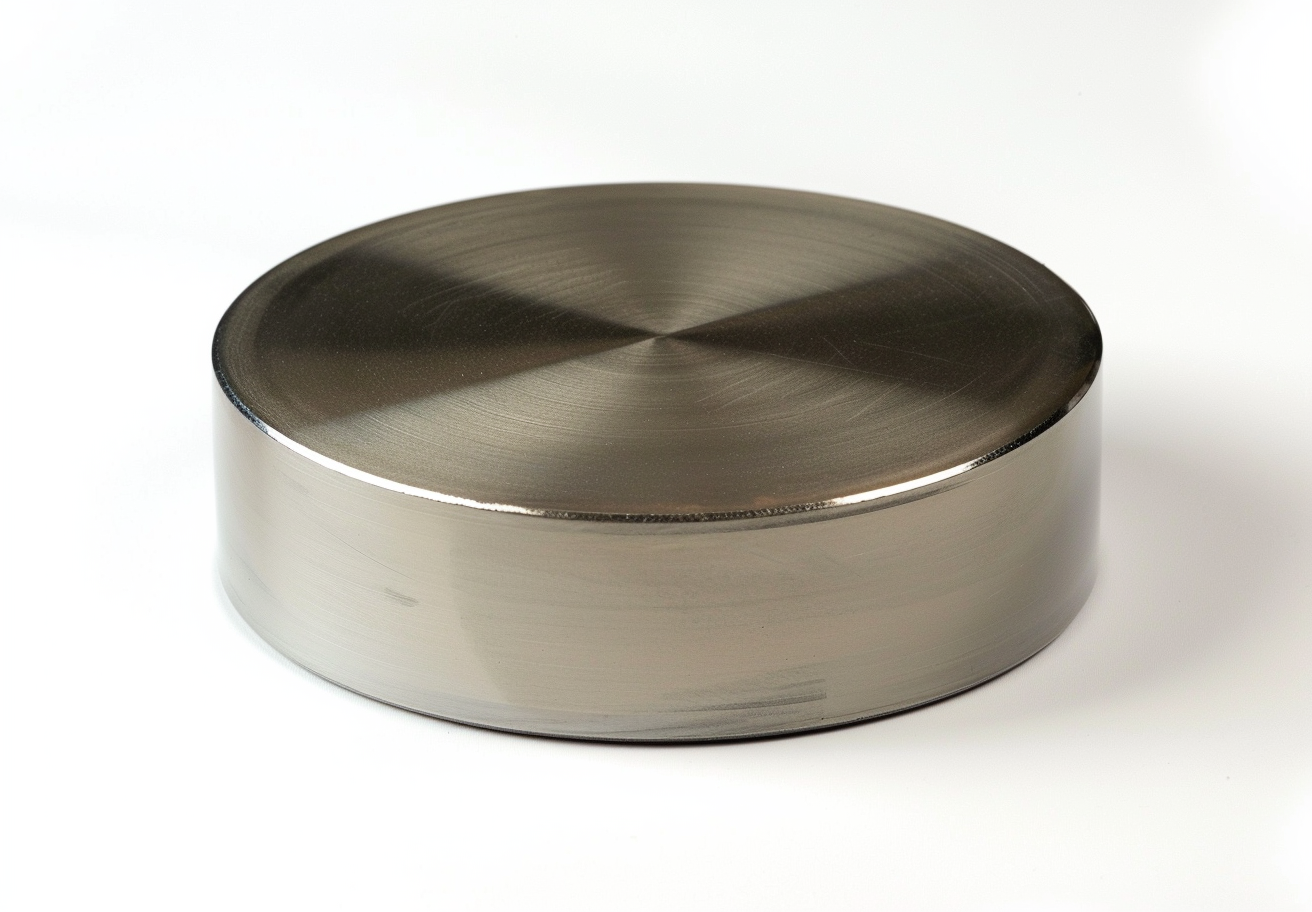Particle Size Conversion Table
Particle size is one of the most fundamental parameters in process engineering, chemistry, and material science. Be it ceramic powder, pharmaceutical substances, catalysts, or battery materials, proper interpretation and conversion of particle size data are crucial. The relationship between different units—micron, mesh, and millimetre—is typically puzzling, but mastering it makes laboratory results and industrial standards harmonious.
1. Basic Concepts of Particle Size
Particle Size and Its Units of Measurement
Particle size is the quantitative characteristic of discrete particles' length or diameter. Because real particles possess few ideal shapes, their "size" is generally an equivalent spherical diameter—that is, the diameter of a sphere with the same volume or behaviour.
The most common units are:
• Micron (µm): One-millionth of a metre (10⁻⁶ m), for fine powders.
• Millimetre (mm): One metre thousandth (10⁻³ m), for coarser material.
• Mesh: A designation based on the number of openings per inch of a sieve (e.g., 100 mesh = 100 openings per inch).
Each system is for a different reason—microns and millimetres are direct measurements, and mesh is a classification standard based on sieving.
How to Convert between Microns, Mesh, and Millimetres
The connection among these units relies on mesh standard and sieve wire thickness, yet a rough relationship is generally utilised:
Opening (µm) ≈ 14900/Mesh Number
For instance, a 100-mesh sieve will have openings of around 150 µm, while a 325-mesh sieve will be around 44 µm. Conversion tables are therefore crucial in promoting precision.
2. Practical Size Conversion Guides and Tools
Particle Size Conversion Chart
Conversion charts are useful tools for the comparison of systems of measurement. For example:
|
Mesh |
Opening (µm) |
Opening (mm) |
|
20 |
841 |
0.841 |
|
40 |
420 |
0.420 |
|
100 |
149 |
0.149 |
|
200 |
74 |
0.074 |
|
325 |
44 |
0.044 |
Such charts find wide applications in powder metallurgy, ceramics, and pigment industries.
How to Read and Use Particle Size Conversion Tables
To use the tables effectively:
1. Identify the target mesh size from the specification.
2. Find the corresponding opening size in microns.
3. Use it to compare with measured or reported particle size data.
This facilitates consistent communication between laboratories that use different measuring methods.
Common Errors and How to Avoid Them
Common mistakes are:
• Assuming a linearity between mesh and micron scales.
• Forgetting differences between standards in sieve wire thickness.
• Mixing up "mesh size" with average particle size, when it means the largest particle that can pass through.
To avoid errors, always specify standard (ASTM, ISO, Tyler) and measuring method.
3. Industrial and Scientific Applications of Particle Size Conversion
Particle Size Conversion in Powder Metallurgy and Ceramics
In metal and ceramic production, particle size influences packing density, sintering properties, and mechanical strength. For example, 325 mesh (~44 µm) tungsten powder produces a denser, smoother sintered product than 100-mesh (~150 µm) material.
How Particle Size Affects Catalysis
Catalysts rely on surface area for activity. Smaller particles (less than 10 µm) have a higher surface-to-volume ratio, which enhances catalytic performance. Proper conversion must be used to ensure consistency between lab-scale characterisation (microns) and industrial feedstock grading (mesh).
Interpreting Particle Size in Pharmaceutical Formulation
In the production of pharmaceuticals, dissolution rate is directly dependent on particle size. Reduction of active ingredient size from 250 µm to 50 µm (about 60 to 270 mesh) can enhance dissolution rate several times, with improved bioavailability and therapeutic effect.
Particle Size Control in Battery and Semiconductor Materials
Electrode materials like lithium cobalt oxide or silicon nanoparticles require rigorously controlled size ranges. A difference of even 10 µm will alter ion transport behaviour or film uniformity. Accurate conversion and classification yield stable electrochemical performance.
From Nanoparticles to Bulk Powders
In moving from nanomaterials (<100 nm) to bulk powders (>100 µm), the traditional mesh-based systems are not applicable. Researchers must employ optical or scattering techniques and report results in nanometres or microns for understanding.
4. Analytical Techniques of Particle Size
Using Laser Diffraction Data to Convert Particle Size
Laser diffraction is the most common method for measuring particle size distribution in microns. It consists of measuring the angles of light scattering to estimate equivalent spherical diameters, which can then be approximated to "mesh-equivalent" sizes for process alignment.
Comparing Sieve Analysis and Dynamic Light Scattering Results
Sieve analysis measures physical particle passage through mesh screens, while Dynamic Light Scattering (DLS) measures hydrodynamic size in suspensions. Results differ due to the inclusion of surface-bound layers and spherical geometry assumptions in DLS. Cross-validation using the two improves accuracy.
Bridging Mesh-Based and Optical Measurement Techniques
New products often require both sieve and optical characterisation. Coarse fractions can be separated by mesh, and fine fractions are quantified by laser diffraction or image analysis. Combination of data gives a complete PSD across all sizes.
Converting Between Volume-, Number-, and Surface-Weighted Particle Sizes
Different analysis methods report different averages:
• Number-weighted: Fine particle sensitive.
• Volume-weighted (D[4,3]): Overall mass contribution.
• Surface-weighted (D[3,2]): Surface area dominance.
Conversions between these require understanding of the full PSD, re-emphasising the need for precise measurement rather than simple arithmetic conversion.
Conclusion
Particle size conversion spans the divide between laboratory testing and industrial need. Understanding how to convert microns, mesh, and millimetres ensures materials will function as designed in varied processes and industries. Particle size conversion represents more than numbers; it reflects the correlation between material science, measurement technology, and engineering application. Handling nanometre-sized catalysts to millimetre-diameter granules, competency in such conversions is required for consistent, reproducible, and economical material development.

 Bars
Bars
 Beads & Spheres
Beads & Spheres
 Bolts & Nuts
Bolts & Nuts
 Crucibles
Crucibles
 Discs
Discs
 Fibers & Fabrics
Fibers & Fabrics
 Films
Films
 Flake
Flake
 Foams
Foams
 Foil
Foil
 Granules
Granules
 Honeycombs
Honeycombs
 Ink
Ink
 Laminate
Laminate
 Lumps
Lumps
 Meshes
Meshes
 Metallised Film
Metallised Film
 Plate
Plate
 Powders
Powders
 Rod
Rod
 Sheets
Sheets
 Single Crystals
Single Crystals
 Sputtering Target
Sputtering Target
 Tubes
Tubes
 Washer
Washer
 Wires
Wires
 Converters & Calculators
Converters & Calculators
 Write for Us
Write for Us
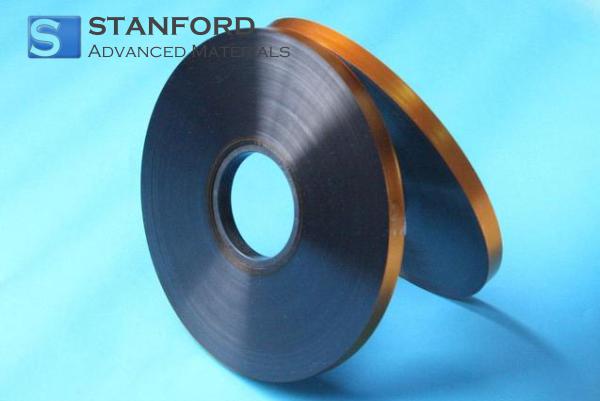
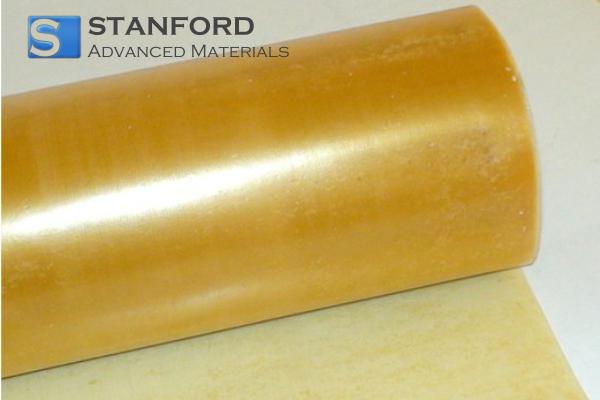
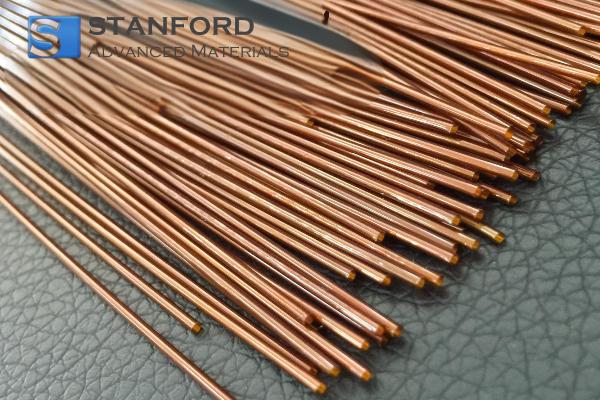
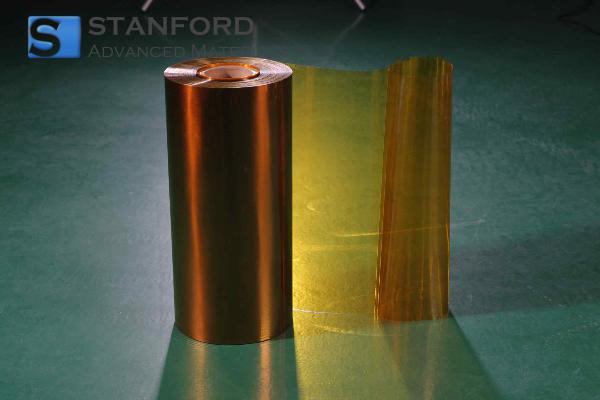
 Chin Trento
Chin Trento

